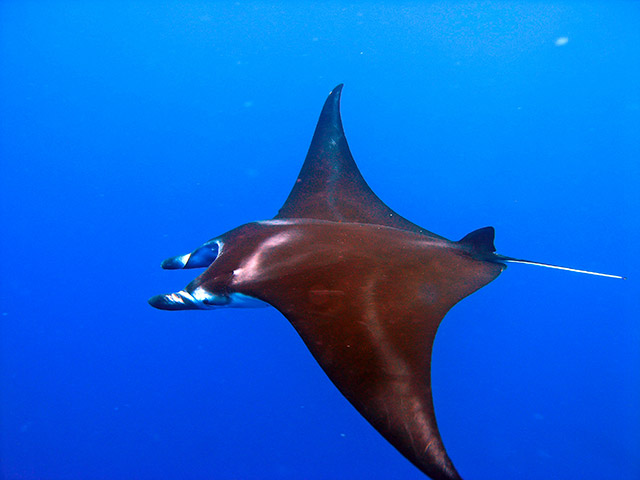Your cart is currently empty!

Scuba Diving in Komodo
Komodo National Park is one of the world’s premier scuba diving destinations. Located in Indonesia, this UNESCO World Heritage Site offers divers unparalleled underwater experiences with its vibrant coral reefs, diverse marine life, and dramatic underwater landscapes. Whether you’re a beginner or an experienced diver, Komodo has something for everyone. Here’s a complete guide to scuba diving in Komodo, covering top sites, what to expect, conditions, and trip options. If you going on a diving trip, also take time to learn about the history of Komodo National park.
Top Dive Sites in Komodo
1. Batu Bolong
A pinnacle dive site surrounded by vibrant coral gardens, Batu Bolong is teeming with life. You’ll encounter schools of colorful reef fish, sharks, and sometimes even manta rays. The strong currents create nutrient-rich waters, attracting a diverse array of marine species.
2. Manta Point (Karang Makassar)
As the name suggests, Manta Point is the go-to site for spotting majestic manta rays. This shallow drift dive features sandy bottoms and coral patches, where manta rays gather to feed and visit cleaning stations.
3. Castle Rock
A must-visit for advanced divers, Castle Rock offers thrilling drift diving with encounters of barracudas, sharks, and trevallies. The site’s strong currents bring pelagic fish and action-packed marine life.
4. Crystal Rock
Crystal Rock is another world-class dive site known for its clear visibility and abundance of marine life. Expect sightings of reef sharks, Napoleon wrasse, and a kaleidoscope of reef fish.
5. Pink Beach (Pantai Merah)
Ideal for beginners, Pink Beach offers easy diving with stunning coral gardens and macro marine life. The beach’s unique pink sand adds to the charm of this site.
6. South Komodo Sites (Nusa Kode)
Sites like Cannibal Rock in the southern region are famous for macro photography and cold-water species like frogfish, pygmy seahorses, and nudibranchs. The south’s cooler temperatures create a unique underwater ecosystem.
What You’ll See Underwater
Komodo National Park is not just about see and learning about Komodo dragons. It also boasts one of the most biodiverse marine ecosystems in the world. Here’s what you can expect:
- Large Pelagics: Manta rays, reef sharks, whale sharks, and barracudas.
- Macro Life: Pygmy seahorses, nudibranchs, frogfish, and octopus.
- Coral Reefs: Vibrant hard and soft corals teeming with reef fish.
- Rare Encounters: Dugongs, mola mola (sunfish), and even dolphins.
Diving Conditions
- Currents: Komodo is known for its strong and sometimes unpredictable currents. Most dive sites are drift dives, which can range from moderate to very challenging.
- Water Temperature: The water temperature varies between the north (warmer, 27-30°C/80-86°F) and the south (cooler, 23-26°C/73-79°F).
- Visibility: Visibility ranges from 10 to 30 meters (30-100 feet), with the best visibility typically found in the northern sites.
- Season: The best time to dive in Komodo is between April and November, during the dry season. December to March can bring rougher seas due to the rainy season.
Day Trips vs. Liveaboards
Day Trips
Day trips are a great option for those staying on nearby islands like Labuan Bajo. These trips typically include 2-3 dives and cover popular sites in the central and northern regions.
Liveaboards
For a more immersive Komodo national Park experience, liveaboards are highly recommended. These multi-day trips allow divers to explore remote dive sites in the north, central, and south, maximizing the variety of diving experiences. Liveaboards often include night dives and visits to iconic landmarks like Komodo Island.
Diving in North, Central, and South Komodo
North Komodo
Known for warm waters and excellent visibility, the north features coral reefs, pinnacles, and an abundance of pelagic life. Sites like Castle Rock and Crystal Rock are highlights.
Central Komodo
Central Komodo offers a mix of current conditions and marine diversity. Batu Bolong and Manta Point are some of the most popular sites here.
South Komodo
The south is characterized by cooler waters and unique macro life. Sites like Cannibal Rock are perfect for photographers and those seeking rare marine species.
Practical Tips for Scuba Diving in Komodo
- Choose the Right Operator: Select a reputable dive operator with experienced guides who are familiar with Komodo’s currents.
- Prepare for Currents: Ensure you have good buoyancy control and experience with drift diving.
- Equipment: Bring or rent high-quality gear, including a dive computer and reef hook for safety.
- Stay Hydrated: The sun and diving can be dehydrating, so drink plenty of water.
- Respect the Environment: Follow responsible diving practices to protect Komodo’s delicate ecosystems.
Why Scuba Dive in Komodo?
Scuba diving in Komodo is an adventure unlike any other. From thrilling drift dives to peaceful coral gardens, the park offers a unique blend of biodiversity, stunning underwater landscapes, and world-class dive sites. Whether you’re on a day trip or a liveaboard, Komodo promises unforgettable experiences for divers of all levels.